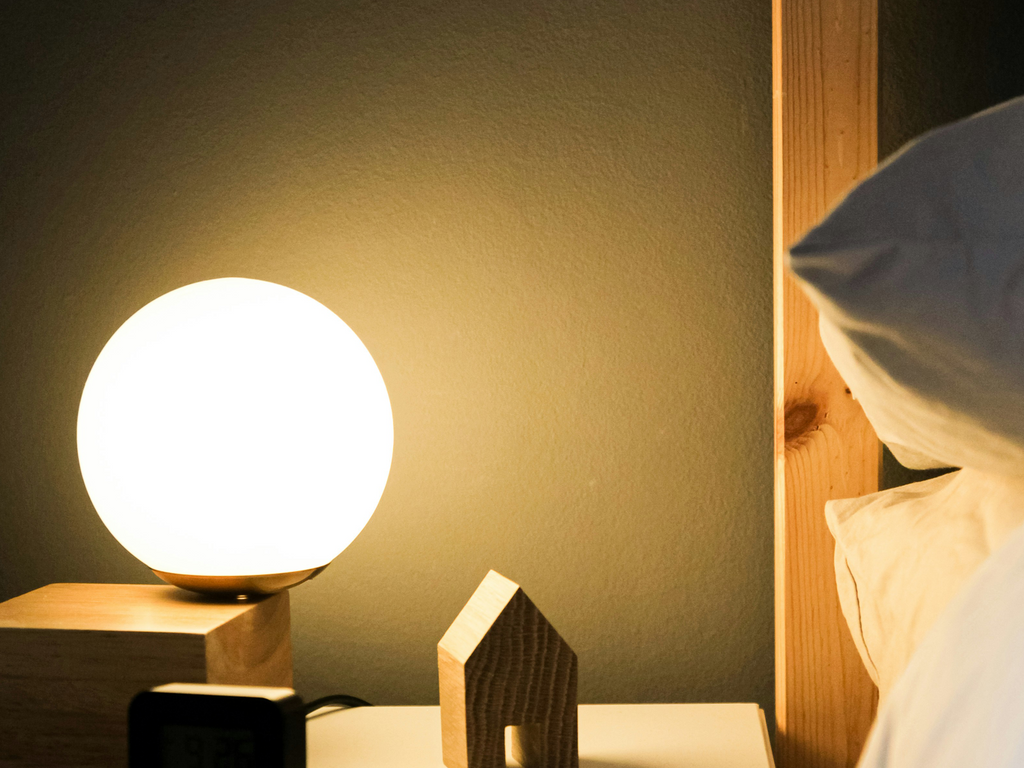It’s that time of year again — time to spring forward **and reset our clocks. March 10, 2024 marks Daylight Savings Time this year, when we lose an hour of sleep in the spring at 2:00 AM. If you’re American, that is… and only in most states. Arizona and Hawaii do not observe DST, nor do the territories of American Samoa, Guam, the Northern Mariana Islands, Puerto Rico and the U.S. Virgin Islands.
But why do we change our clocks twice a year? You may know it has something to do with giving us an extra hour of sunlight in the warmer months and have the sun rise later in the winter (Arizona’s climate and Hawaii’s proximity to the equator mean they don’t find this useful). But when did it start, and is it really necessary?

To think about Daylight Savings Time, we first need to think about time zones. Time zones were only first created in 1883 — before this, there were over 144 times in North America. This wasn’t an issue until trains became more ubiquitous, and their schedules became increasingly difficult to coordinate. Time zones were thus created as a way to standardize time so train schedules could run more smoothly.

The responsibility of creating and coordinating these time zones fell on transportation agencies. In 1883, the railroads officially began operating on a system of four time zones. Later, those four turned to five time zones: Eastern, Central, Mountain, Pacific, and Alaska, all of which are still in use today.
Okay, now we have time zones, but Daylight Savings Time is still a thing of the future. It wasn’t until World War I that the idea became a reality. In 1918, the United States implemented the Standard Time Act, which was a missive meant to conserve energy during the war by minimizing the use of artificial light and maximizing the use of daylight in order to conserve fuel and energy for the war effort. It was first started by Germany only two years earlier in 1916. Again, transportation agencies were responsible for coordinating the country’s time, and the Interstate Commerce Commission (ICC) implemented DST for seven months in 1918, after which it fell out of use.
It was then implemented again during World War II, except this time states could choose to stay on DST (or “War Time”) or not after the war’s end. It wasn’t until 1966 that the newly created Department of Transportation was given the responsibility by Congress to create and regulate country-wide standardized time. Thus, with the 1966 Uniform Time Act, Daylight Savings Time became official in the United States.

Not everyone is a proponent of DST. It has proven adverse affects on people’s circadian rhythms, making it harder for some of us to create consistent sleep schedules. Many farmers argue against DST, because milking and feeding schedules don’t change just because clocks do. In 2022, the U.S. Senate approved the “Sunshine Protection Act,” which would extend DST throughout the whole year, ending the need to spring forward or fall back. However, this bill still has not been passed as of March 2024.
For now, it seems like DST is here to stay. So get ready to change your clocks, and remember to hit the hay an hour early on the 9th!
What do you think of Daylight Savings Time? Let us know in the comments!
Photo credits: Ivana Cajina, Daniele Levis, Mathias Reding, and Beazy




